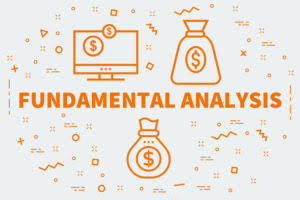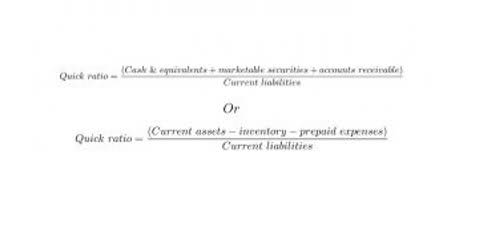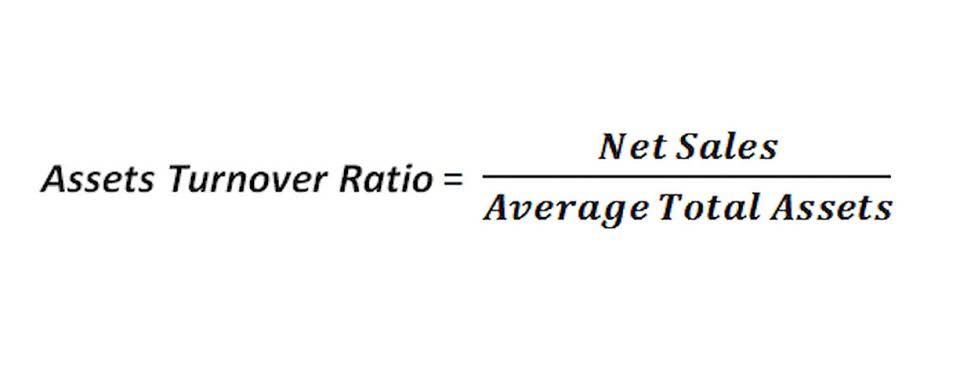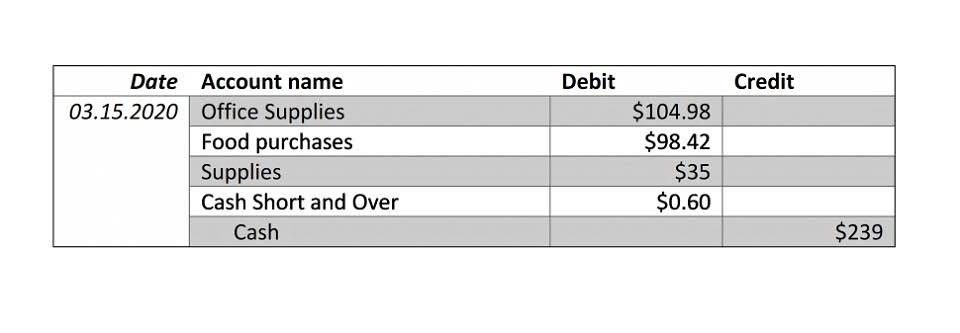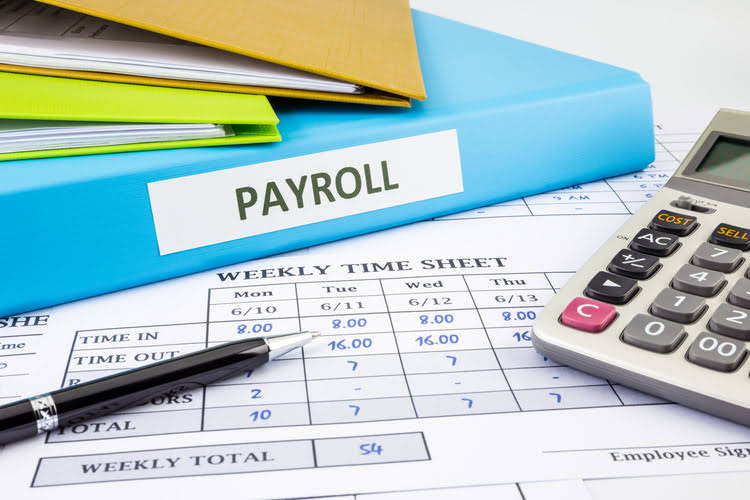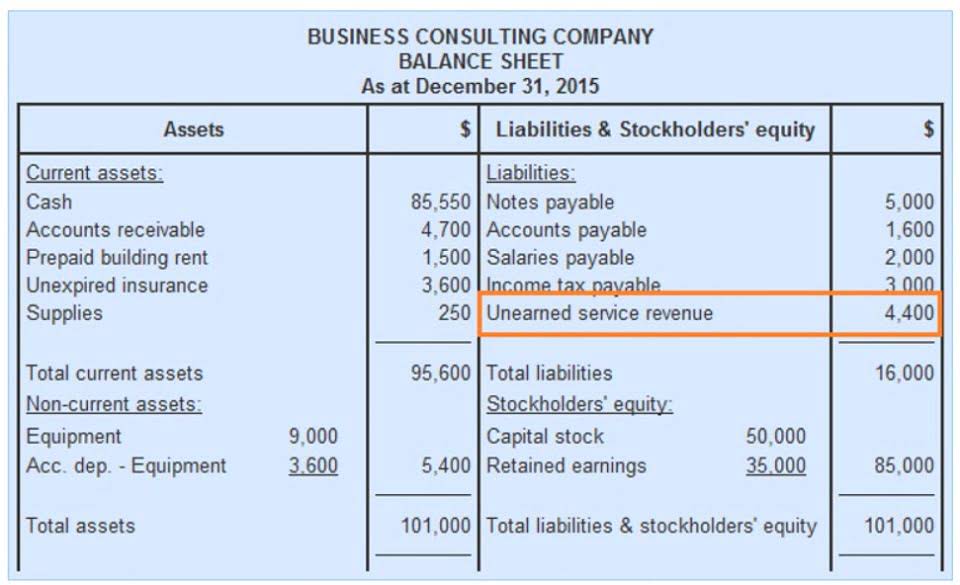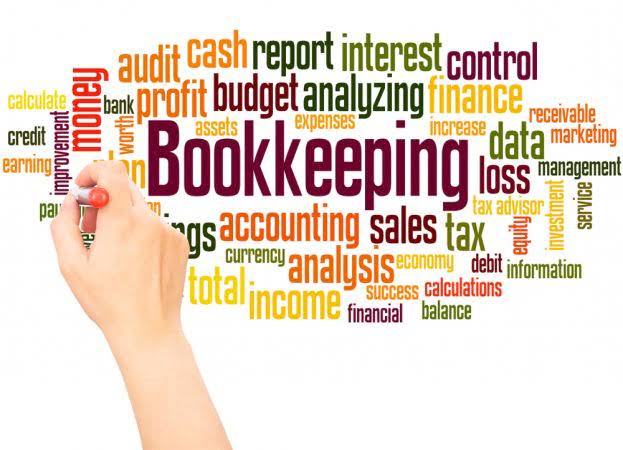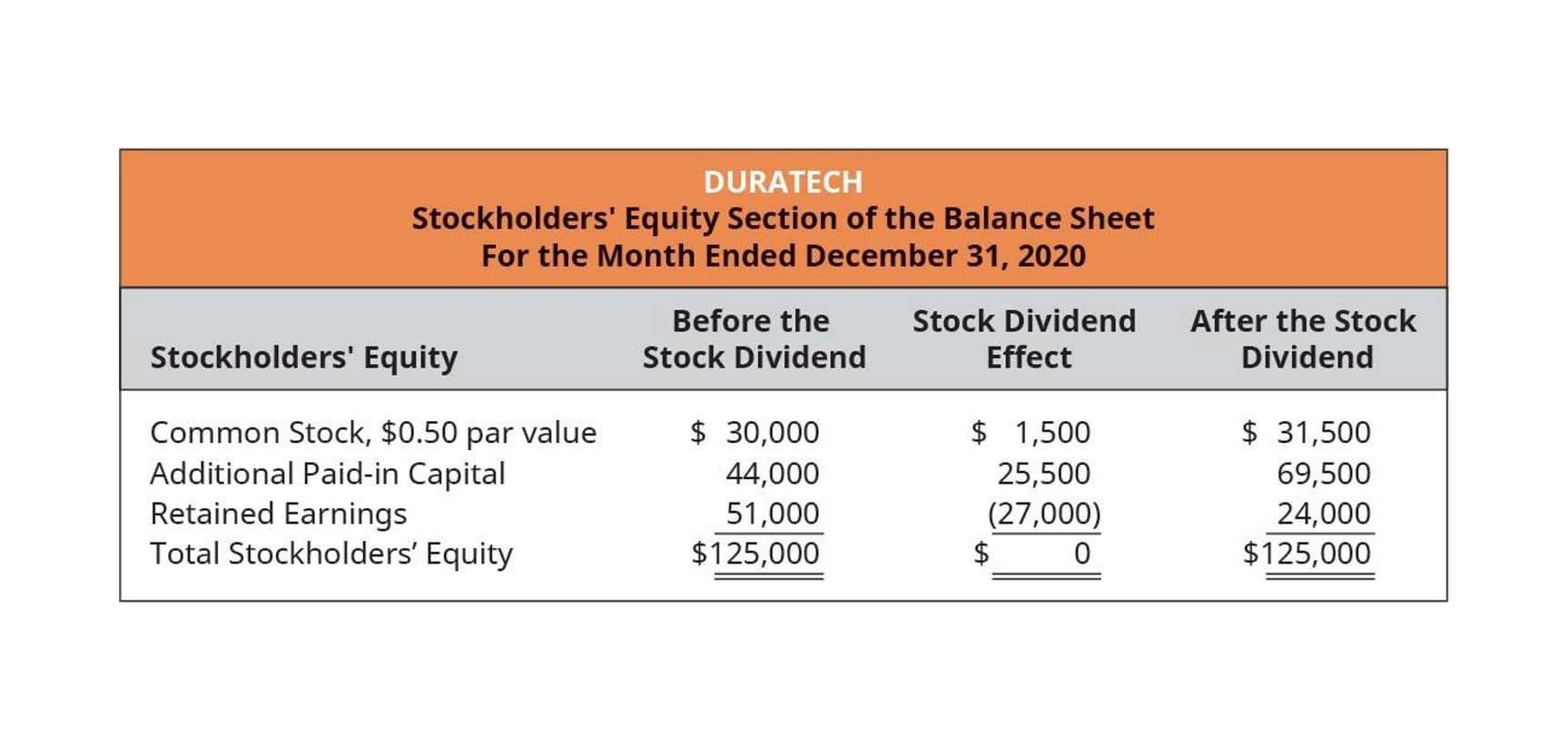Industries that deliver physical products may have relatively low operating leverage, while those that deliver “knowledge products” such as software or advice may have very high operating leverage. For example, a company that grew earnings before interest and taxes by 20 percent on a 10 percent increase in sales would have operating leverage of 2 times. A higher interest coverage ratio typically indicates better financial stability and the ability to repay debts, since the company can see earnings fall some and yet still be able to pay interest on its debt. The ideal debt-to-capital ratio varies by industry and company size, but in general it should not exceed 0.5. For example, a debt-to-capital ratio of 0.5 means that one-half of the company’s capital is funded through debt and one-half through shareholders’ equity. When you borrow money to pay for school, you’re using debt to invest in your education and your future.
Times Interest Earned (Interest Coverage Ratio):
- Leverage is the method of using debt to finance an undertaking that will provide returns that exceed the cost of that debt.
- While a company’s “leverage” is most commonly referencing its financial leverage ratio, another form of leverage is its operating leverage.
- The goal of financial leverage is to increase profitability without using additional personal capital.
- The article was reviewed, fact-checked and edited by our editorial staff prior to publication.
- A “highly leveraged” company is one that has taken on significant debt to finance its operations.
When evaluating businesses, investors consider a company’s financial leverage and operating leverage. As a general guideline, the lower the financial leverage ratio, the less debt on the borrower’s balance sheet (and less credit risk). The financial leverage ratio reflects the proportion of a company’s assets funded by debt, rather than equity.
What is the approximate value of your cash savings and other investments?
- Others blamed the high level of consumer debt as a major cause of the Great Recession.
- In conclusion, the higher the operating leverage, the more the company’s income is influenced by fluctuations in sales volume.
- For example, lenders often set debt-to-income limitations when households apply for mortgage loans.
- Our writing and editorial staff are a team of experts holding advanced financial designations and have written for most major financial media publications.
- The operating leverage ratio shows the impact of a given sales increase on a business’s income before interest and taxes.
If the company earns $200,000 in profit, it has an annual return on equity of 100%. However, if the company finances the entire $1 million through equity, the return on equity would only be 20%. An example of leverage could be a mortgage, or home loan, in which a borrower makes a relatively small down payment and borrows money to purchase a home. They’re making a big financial move with a fraction of the funds necessary to facilitate the transaction, borrowing the remainder. Operating leverage is an accounting measure used by businesses to get an idea of their fixed versus variable costs. Financial ratios hold the most value when compared over time or against competitors.
Financial Leverage in Professional Trading
Financial leverage relates to Operating Leverage, which uses fixed costs to measure risk, by adding market volatility into the equation. First-order operational leverage affects income directly, whereas second-order or combined leverage affects income indirectly through fluctuations in asset values. Both financial and operating leverage emerge from the base of fixed costs. That’s to say, operating leverage appears where there is a fixed financial charge (interest on debt and preference dividend). It’s essential for companies to balance the benefits and risks of leverage based on their specific circumstances and objectives.
The debt-to-capital ratio is one of the more meaningful debt ratios because it focuses on the relationship of debt liabilities as a component of a company’s total capital base. It is calculated by dividing a company’s total debt by its total capital, which is total debt plus total shareholders’ equity. To compensate https://www.vostlit.info/Texts/Dokumenty/Polen/XVII/1640-1660/Brostovskij/text2.phtml?id=10844 for this, three separate regulatory bodies—the FDIC, the Federal Reserve, and the Office of the Comptroller of the Currency (OCC)—review and restrict the leverage ratios for American banks. These bodies restrict how much money a bank can lend relative to how much capital the bank devotes to its own assets.
From the perspective of corporations, there are two sources of capital available. While not exhaustive, the following list loosely categorizes the types of leverage available. Our writers and editors used an in-house natural language http://gymonline.ru/drugs/non-steroids/non_steroid_substances.shtml generation platform to assist with portions of this article, allowing them to focus on adding information that is uniquely helpful. The article was reviewed, fact-checked and edited by our editorial staff prior to publication.
- To calculate its debt-to-capital ratio, you have to first aggregate similar data together.
- In a margin account, you can borrow money to make larger investments with less of your own money.
- When a company is highly leveraged, it indicates that it has more debt than equity.
- Utilizing leverage and margin as a part of an investing or trading strategy has its pros and cons.
Companies with high ongoing expenses, such as manufacturing firms, have high operating leverage. High operating leverages indicate that if a company were to run into trouble, it would find it more difficult to turn a profit because the company’s fixed costs are relatively high. Combined leverage refers to the use of both financial and operating leverage to increase the potential return on investments. It involves https://uiskoeuszn74.ru/podvedomstvennye-uchrezhdeniya using both debt financing and fixed costs to purchase assets or invest in projects. When discussing financial leverage, math needs to be done to figure out whether a company’s borrowing is profitable (called the debt-to-equity ratio). When calculating operating leverage, a company looks at its fixed costs as compared to variable costs to get a sense of how the costs of borrowing are affecting its profitability.

